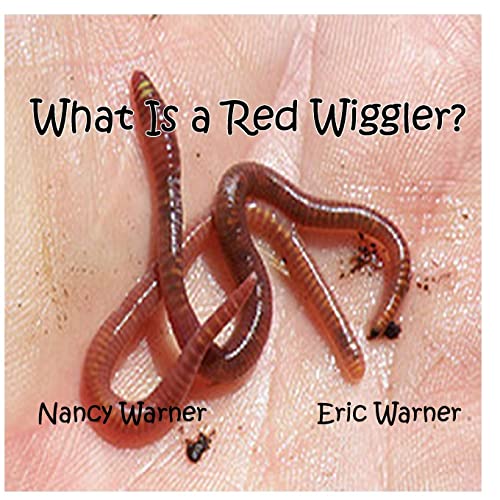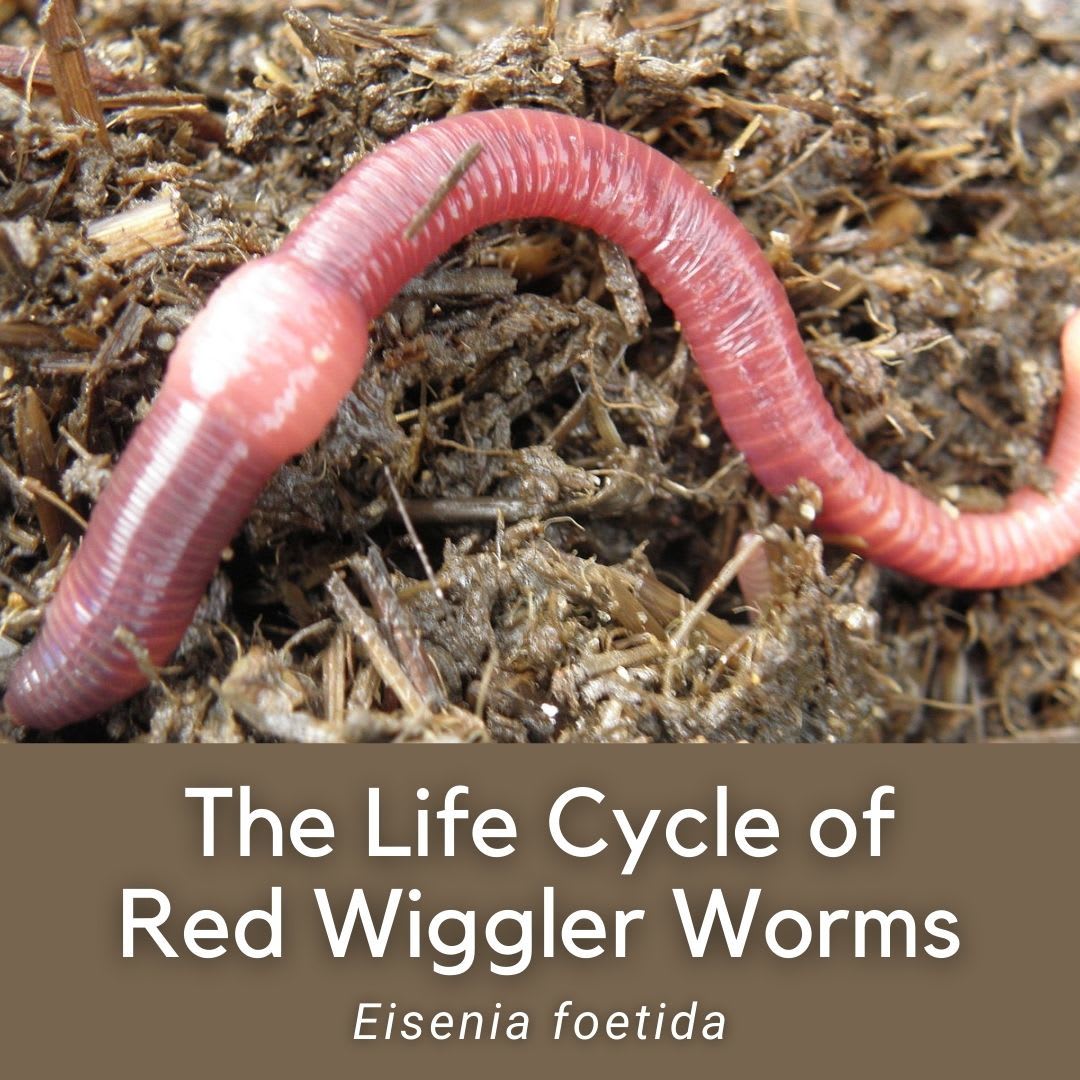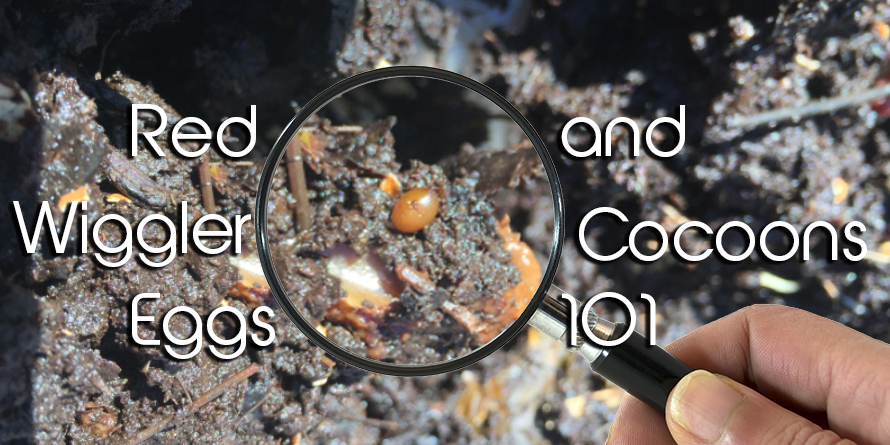Unlock the Keys of Red Wigglers: Your Guide to Composting Success
The integration of red wigglers right into composting techniques offers a significant opportunity for improving soil wellness and promoting sustainability. Comprehending their demands and actions is essential for optimizing their capacity, from establishing up an ideal worm container to feeding them the ideal materials.

What Are Red Wigglers?
(Red Wiggler Express)Red wigglers, scientifically understood as Eisenia fetida, are a species of earthworm mainly utilized in composting because of their impressive capacity to break down organic issue efficiently. These worms are identified by their reddish-brown coloration and a fractional body, commonly measuring in between 3 to 4 inches in length. Unlike various other earthworm varieties, red wigglers prosper in rich, natural settings, making them ideal for vermicomposting systems.
Belonging To The United States And copyright, they are frequently found in decaying fallen leaves and compost stacks, where they play a vital role in nutrient recycling. Their adjustment to living in a moist, cardio setting allows them to eat big quantities of organic waste, breaking it down into nutrient-rich spreadings that improve soil health and wellness.
Red wigglers duplicate rapidly, with a single worm qualified of creating several cocoons each week, each containing multiple hatchlings. Recognizing the biology and behavior of red wigglers is important for maximizing their capacity in composting applications.
Benefits of Making Use Of Red Wigglers
Harnessing the power of red wigglers in composting uses various benefits that improve dirt wellness and promote sustainable waste administration. These amazing organisms effectively damage down raw material, changing cooking area scraps and backyard waste into nutrient-rich vermicompost. This completed product is incredibly helpful for plant growth, as it enhances soil structure, raises dampness retention, and improves nutrient schedule.

(Red Wiggler Express)Furthermore, the visibility of red wigglers in your composting system can speed up the composting process, generating high-quality garden compost in a portion of the moment contrasted to standard approaches. The castings produced by these worms are also including useful microorganisms that additionally enrich the soil environment.
Establishing Your Worm Bin
Developing a reliable worm bin is a simple procedure that can significantly improve your composting efforts. Worm bins can be made from plastic storage space bins, wooden boxes, or commercially offered worm containers.
Next, prepare the bedding material, which serves as the worms' environment. A mix of shredded paper, cardboard, and coconut coir works well, supplying a comfy environment for the worms.

Feeding Your Red Wigglers
To make sure the health and wellness and productivity of your red wigglers, it is necessary to give them with a balanced diet regimen that satisfies their dietary requirements. Red wigglers thrive on a varied selection of organic materials, which not just provide essential nutrients however also advertise efficient composting.
Start by integrating kitchen area scraps such this article as vegetable peels, fruit cores, and coffee premises. Avoid citrus fruits, onions, and garlic, as these can be detrimental to worm wellness. Additionally, present shredded paper, cardboard, and dry leaves to create a well-aerated setting.
Feeding regularity ought to be checked; typically, worms can consume half their body weight in food weekly. It is crucial to stay clear of overfeeding, as excess food can result in undesirable smells and draw in parasites. A good method is to include food in little quantities, allowing worms to process it before introducing a lot more.
Preserving dampness degrees is additionally vital; the bed linen ought to be damp yet not soaked. Last but not least, make certain to routinely check the temperature and pH levels of the bin to make certain an optimum atmosphere for your red wigglers, inevitably improving their composting effectiveness.
Harvesting and Making Use Of Compost
A successful composting procedure with red wigglers culminates in the rich, dark compost referred to as vermicompost, which can dramatically improve soil wellness and plant growth. Harvesting this nutrient-dense material normally occurs every three to 6 months, relying on the size of your system and the quantity of natural issue being refined.
To gather, delicately different the garden compost from the worms and any undecomposed products. One efficient method includes moving the components of the bin away and including fresh bed linen and food to the void, encouraging the worms to migrate. After a few days, the garden compost can be gathered from the opposite side.
It is vital to make use of vermicompost appropriately to optimize its advantages. It can be used as a leading dressing for yard beds, mixed into potting dirt, or brewed right into a nutrient-rich fluid plant food referred to as "worm tea." This application technique helps to provide essential nutrients directly to plant origins, promoting healthier growth. By including vermicompost right into your horticulture regimen, you not just reuse organic waste yet also produce a flourishing community that sustains lasting gardening practices.
Verdict
In summary, red wigglers work as phenomenal allies in composting initiatives, changing organic waste right into nutrient-rich vermicompost (Red Wiggler Express). Their distinct organic qualities and efficient waste processing capacities add significantly to lasting horticulture methods. By comprehending the ideal problems for their habitat, feeding requirements, and compost harvesting techniques, garden enthusiasts can enhance soil wellness and advertise plant vitality. Embracing vermicomposting not only lowers garbage dump waste yet likewise fosters an extra eco liable approach to gardening and source management.